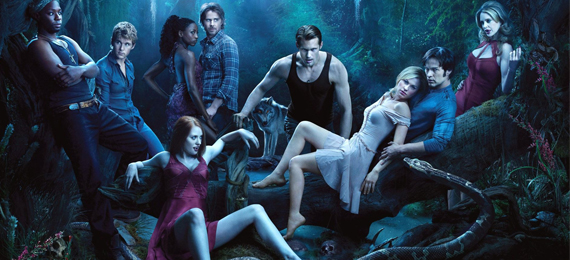
Vampires in Pop Culture
Vampires are frequently represented in popular culture in films, literature, video games, paintings, opera, music, ballet and theater.
When Did Vampires First Appear? The myth is that vampires originated from Southeastern Europe in the late 17th and 18th centuries. The first vampire book ever was written was The Vampyre, published in 1819 and the first vampire movie ever made was Nosferatu in 1922.
Why Are Vampires So Popular? Vampires were represented as hideous immortal bloodsucking creatures in the early 70’s movies and TV shows but later on, in pop culture they started to evolve having a phenomenal difference as they were portrayed as gorgeous, fascinating creatures and are often very famous.
1. Are Vampires Believed to Be Immortals?
- A. Yes
- B. No
What Kind of Changes Do Pop Culture Vampires Have? Vampires in pop culture started having slight zombie features and it even involved dog vampires. In the early 70’s movie, they used to burn up when their skin touches sunlight but in the movie Twilight, their skin just started to sparkle.
Famous Vampires in History – Count Dracula and Countess Dracula – Elizabeth Báthory are the most famous vampires in history apart from them Louis de Pointe du Lac, Blade, Selene, Stefan Salvatore, Niklaus Mikaelson, and Edward Cullen also come to our mind when we think of vampires.
Pop Culture Vampires
Kate Beckinsale has brought the frequently leather-clad vampire Selene to life in five movies in the popular “Underworld” action-horror film franchise, which was started back in 2003.
It’s very rare for the audience to both love and loathes a character as much as Joseph Morgan’s Klaus MIkaelson on the series “The Originals” in The CW. He is a vampire-werewolf hybrid on “The Vampire Diaries” series too.
Brad Pitt broke hearts with his portrayal of the tragically lonely vampire Louis de Pointe du Lac in 1994’s “Interview with the Vampire”.